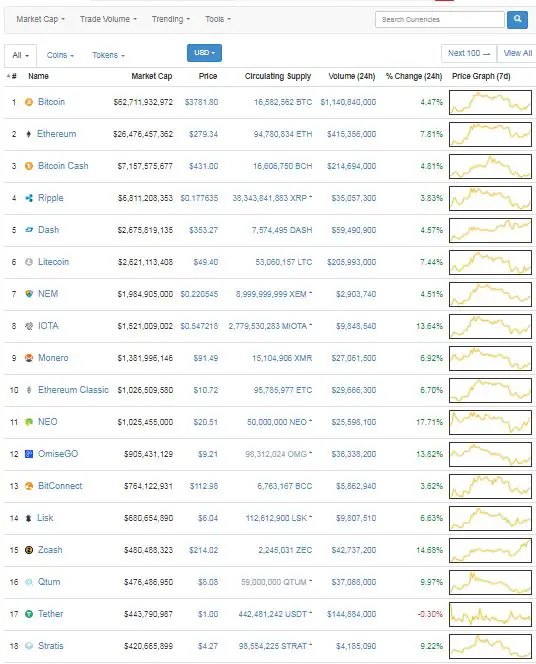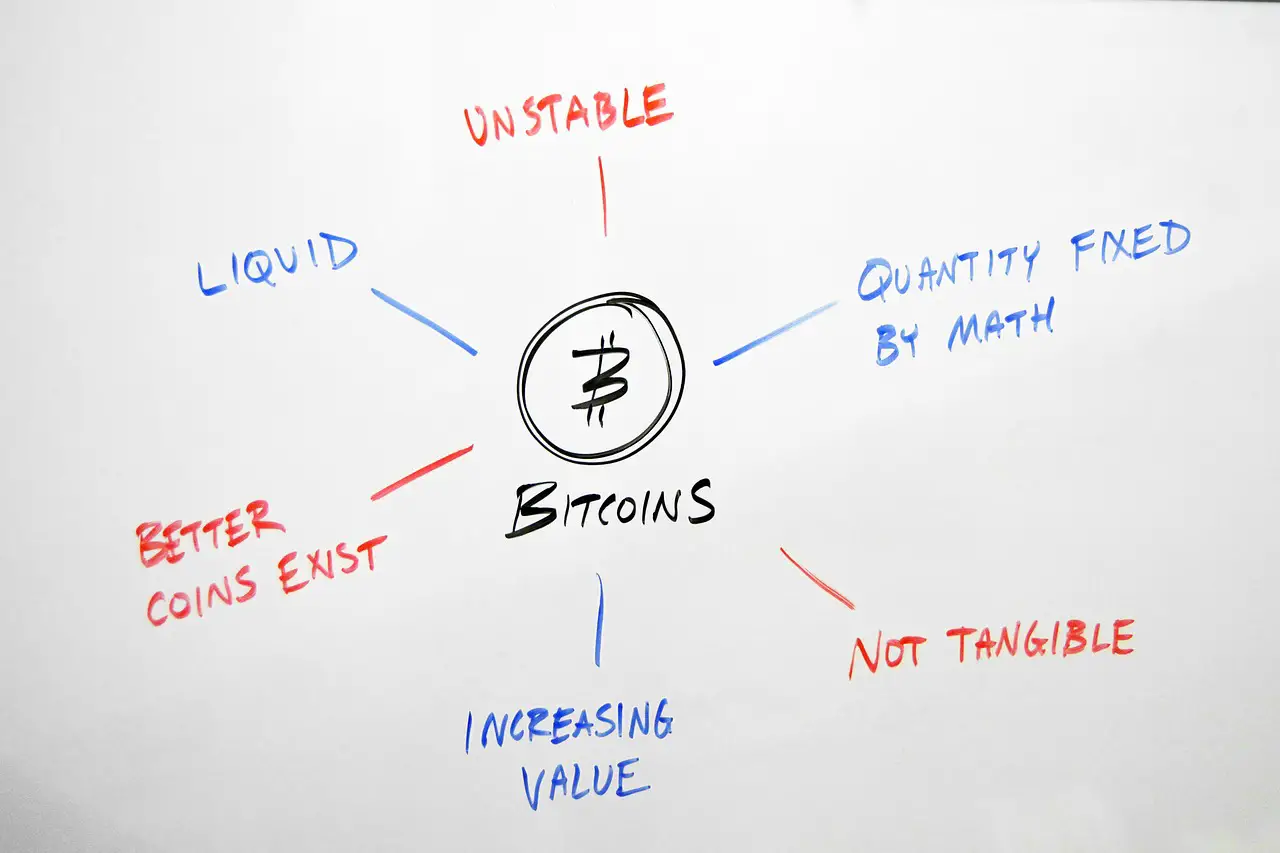
I was first introduced to bitcoins in late 2016. I dabbled into it and wrote about what I learnt. Then, I lost interest and got busy with life.
I watched silently at the trends in the cryptoworld in the past one year and I think it’s time share with you what I’ve learnt so far.
Today, I’ll be starting a series on everything I know about cryptocurrency and how to trade cryptocurrency effectively without getting burnt. I’ll make it as simple as possible so as not to complicate things.
I’ll be starting from the basic topics such as introduction to cryptocurrency before I go into the advanced topics.
Introduction to Cryptocurrency — Bitcoins and Altcoins
Cryptocurrency is a digital asset that is mathematically generated by using cryptography calculations to embed all transactions. These transactions are embedded in such a way that they can’t be easily altered.
Cryptocurrency can be bitcoin and altcoins — which are alternate coins of other cryptocurrencies.
The name bitcoin is derived from the combination of “bit” and “coin”. Bits means small quantities of computer memory. Coin are small quantities of cash.
Altcoins (alternate coins) are other digital currencies derived from the bitcoin protocol with unique features of their own. Any other coin or token apart from bitcoins are called altcoins.
As of today, there are more than 700 hundred legit coins out there. You can confirm this at any given time from Coin Market Cap — the official cryptocurrency market capitalization website.

You can go through the site to view the coins and get familiar with the ones you’re interested in. You can explore the tabs such as market cap, price, circulating supply, volume, percentage change, price graph etc.
Blockchain technology explained
Bitcoin –also known as the king of cryptocurrency– was developed on the blockchain technology.
Blockchain is a digital transaction ledger that keep the records of transactions on the network. A block is the current path of the blockchain which record some or all of the recent transactions.
One property that is unique to the blockchain technology is that it does not rest on one provider or computer. It’s rather distributed across a network of computers.
Each block typically has three characteristics:
- A mathematical algorithm which is called a “hash pointer” that links it to a previous block.
- A time stamp
- A transaction date
The knowledge of all prior transactions is always maintained at all times on the block. This is because each cryptogenic hash relies on the previous hash of the blocks in the chain.
The data in any given block, once recorded, cannot be altered retroactively without the alteration of all the subsequent blocks.
Benefits and applications of blockchain technology
The protocol of the blockchain technology can be utilized in medical records, records of events, identity management, and in transaction processes –which is also one of the most important application of blockchain technology.
When blockchain technology is eventually fully implemented, then,
- election processes cannot be altered
- salaries of workers won’t be delayed as government will have little or no access to their funds
- every transactions on a wallet can be viewed by those who have access to it. This is because transactions cannot be altered by anyone. This makes it easier to track everything.
- All donations and payments are recorded. There won’t be any form of embezzlement because all records will be visible on the blockchain.
A brief history of cryptography
Cryptography is the grandfather of bitcoin. Blockchain technology is the father of bitcoin. Bitcoin is a son to blockchain technology and a grandson to crypotography.
Cryptocurrency are generally known as electronic assets –because they truly are.
The evolution of digital and electronic assets started in the early nineties due to the spread of the internet and the need to enhance electronic transactions as well as online buying and selling.
Today, Bitcoin and other cryptocurrencies are the main payment systems using and optimizing the blockchain technology.
Benefits of cryptocurrency
Cryptocurrency is not perfect, not stable, and not tangible. However, these are some of the features of fiat currencies too.
No fiat currency is perfect or stable. Even though they are tangible, it doesn’t make them more secured than cryptocurrencies.

That been said, here are some of the benefits of cryptocurrencies that you should know.
1. Transactions are more secure without presenting your personal details.
2. Transactions are very fast. You can send money to anyone from and to anywhere in the world within seconds or minutes.
3. Transaction charges are much more cheaper.
4. They are highly unstable and their values are always on the rise.
Historical price of bitcoin
The bitcoin price history since its existence will show you how volatile and unstable this coin is. I won’t be going far in time. I will focus only on the time my interest in bitcoin started, November 2016.
As at November 2016, 1 BTC = $450
January 2017, 1 BTC = $850
March 2017, 1 BTC = $1200- $1600
By April 2017, 1 BTC = $2,000
Sept 2017, 1 BTC = $4,000
Imagine if you had bought 10 BTC in November 2016 with about $4000, what could have been your worth on that investment today?
I will leave you to do the maths.

I am Adeyemi Adetilewa, an SEO Specialist helping online businesses grow through content creation and proven SEO strategies. Proficient in WordPress CMS, Technical Site Audits, Search Engine Optimization, Keyword Research, and Technical Writing (Portfolio).
Founder and Editor-In-Chief of Ideas Plus Business Magazine, an online business resource for entrepreneurs. I help brands share unique and impactful stories through the use of public relations, advertising, and online marketing. My work has been featured in the Huffington Post, Thrive Global, Addicted2Success, Hackernoon, The Good Men Project, and other publications.